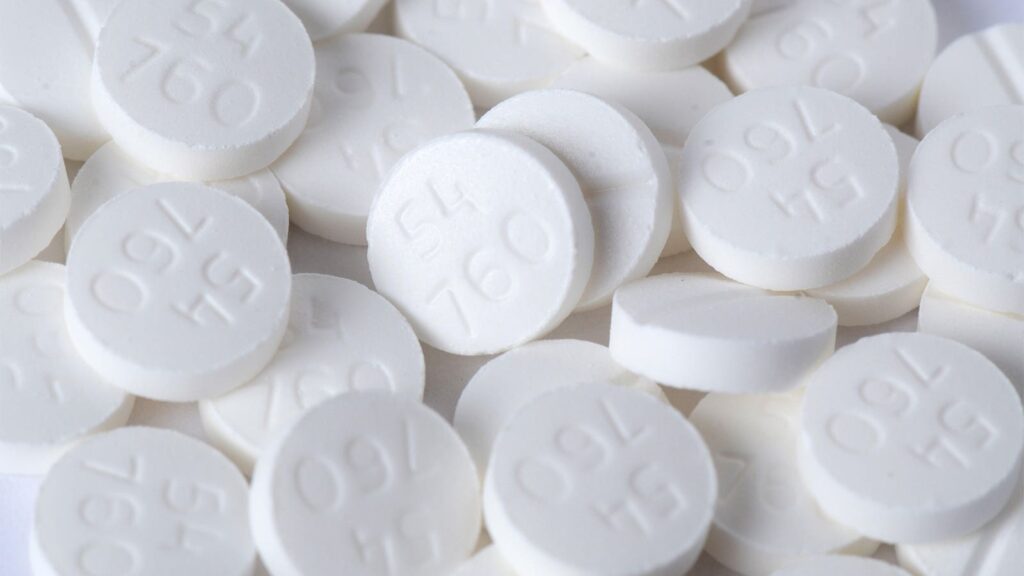Eight therapies are approved for Duchenne muscular dystrophy (DMD) in the U.S., and all have been approved since 2016.
“It took 30 years from the discovery of the gene associated with Duchenne muscular dystrophy in 1986 to arrive at the first FDA approval of a therapy for this devastating disease,” noted Peter Kang, MD, of the University of Minnesota in Minneapolis, in a recent editorial.
Now, we’re in an era that would have been inconceivable a few years ago, Kang said: “U.S. FDA approvals for DMD have become a regular occurrence.”
Treatment Landscape
The eight approved therapies — corticosteroids, a nonsteroidal anti-inflammatory drug, exon-skipping anti-sense oligonucleotides, and an adenovirus-associated virus (AAV)-based gene therapy — affect the heterogeneous pathology of DMD from different angles.
The DMD treatment landscape is ultimately defined by the disease, which is X-linked and historically diagnosed in boys ages 3 to 6 years. Functional defects of visceral and vascular smooth muscle, heart muscle, and brain/nerves — in addition to skeletal muscle — underlie multi-systemic involvement over time. DMD typically progresses to wheelchair use when patients are in their teens and premature death when they are in their 30s or 40s, often due to respiratory and particularly heart involvement.
Two approaches to treatment are 1) slowing decline by reducing harmful inflammation and immune activation with corticosteroids or anti-inflammatory drugs and 2) increasing production of functional dystrophin through exon-skipping drugs or gene therapy.
Of note, exon-skipping oligonucleotides and gene therapy in DMD have been approved under the FDA’s accelerated approval program, using a surrogate marker instead of clinical benefit as an endpoint. Each approval was based on trials that showed small increases in patients’ dystrophin levels, which the agency said was reasonably likely to predict clinical benefit. Confirmatory trials are required, and if those trials do not show clinical benefit, the FDA has regulatory procedures in place that could lead to removing a treatment from the market.
Anti-Inflammatory Treatments
The standard of care for DMD is glucocorticoid treatment, with prednisone and prednisolone sometimes used off-label.
“Corticosteroids have been a first-line treatment for DMD for many years, but their utility has always been limited by the side effect profile, which includes weight gain, short stature, and decreased bone density, among others,” said Sharon Hesterlee, PhD, chief research officer of the Muscular Dystrophy Association.
In 2017, the FDA approved the corticosteroid deflazacort (Emflaza), based on a phase III trial showing that the treatment led to improvements in muscle strength compared with placebo at 12 weeks in boys with DMD, though by 52 weeks the benefit was no longer evident. In 2022, the FOR-DMD trial showed prednisone or deflazacort given every day was superior to prednisone on a 10-days-on, 10-days-off schedule for boys with DMD.
In 2023, vamorolone (Agamree), a dissociative steroid, received FDA approval, after showing similar efficacy to traditional corticosteroids in treating DMD with fewer negative downstream effects. A 30-month assessment of boys with DMD showed vamorolone was associated with maintained muscle strength and function up to 30 months and improved height velocity.
The histone deacetylase inhibitor givinostat (Duvyzat) became the first nonsteroidal anti-inflammatory drug approved for DMD in 2024. In its pivotal trial, givinostat slowed physical decline, measured by stair-climbing speed, for a subset of boys with DMD.
Exon-Skipping Antisense Oligonucleotides
DMD is caused by mutations in the DMD gene that prevent the production of the muscle isoform of dystrophin.
The large DMD gene has 79 exons. For DMD patients with suitable mutations, exon skipping is one way to convert out-of-frame mRNA translation to a properly aligned reading frame.
Oligonucleotides specific for a targeted mRNA exon bind to it, preventing translation of a given region. Adjacent exons are translated and spliced into variably functional dystrophin.
Since 2016, four exon-skipping drugs have received accelerated approval for DMD: eteplirsen (Exondys 51; exon-skipping 51), golodirsen (Vyondys 53; exon-skipping 53), viltolarsen (Viltepso; also exon-skipping 53), and casimersen (Amondys; exon-skipping 45).
The controversial eteplirsen approval was based on trial data showing the treatment boosted dystrophin production and improved functional ability compared with historical controls. In granting approval, the FDA overruled its advisory committee, which voted 7-6 that eteplirsen failed to meet the minimum standards for accelerated approval. In 2022, an open-label phase III study showed eteplirsen-treated patients showed increased exon skipping and dystrophin protein versus baseline.
Confirmatory trials for three of the DMD antisense oligonucleotides — eteplirsen, golodirsen, and casimersen — have been delayed and remain incomplete. In May 2024, preliminary data from drugmaker NS Pharma showed that viltolarsen failed the phase III RACER53 trial.
Gene Therapy
Also controversial was the 2023 accelerated approval of delandistrogene moxeparvovec (Elevidys), the first gene therapy for DMD. The treatment delivers a gene that codes for a novel engineered protein called microdystrophin. It was approved for ambulatory DMD pediatric patients ages 4 to 5 years.
The FDA’s advisors narrowly supported delandistrogene moxeparvovec in an 8-6 vote, but in briefing documents submitted before the advisory committee meeting, FDA reviewers said that no epidemiologic or pathophysiologic evidence of microdystrophin’s function existed.
In October 2023, Sarepta Therapeutics announced the EMBARK phase III confirmatory trial of delandistrogene moxeparvovec missed its primary endpoint, though some secondary measures suggested improvement.
The FDA is considering whether to convert accelerated approval for delandistrogene moxeparvovec to traditional approval, and whether to expand the treatment’s indication by removing age and ambulation restrictions. The agency’s review goal date is June 21.
Disclosures
Kang reported relationships with Lupin Pharmaceuticals, Neurogene, NS Pharma, TeneoFour, France Foundation, PeerVoice, Edgewise Therapeutics, ML Bio Solutions, and Sarepta Therapeutics.
Please enable JavaScript to view the

